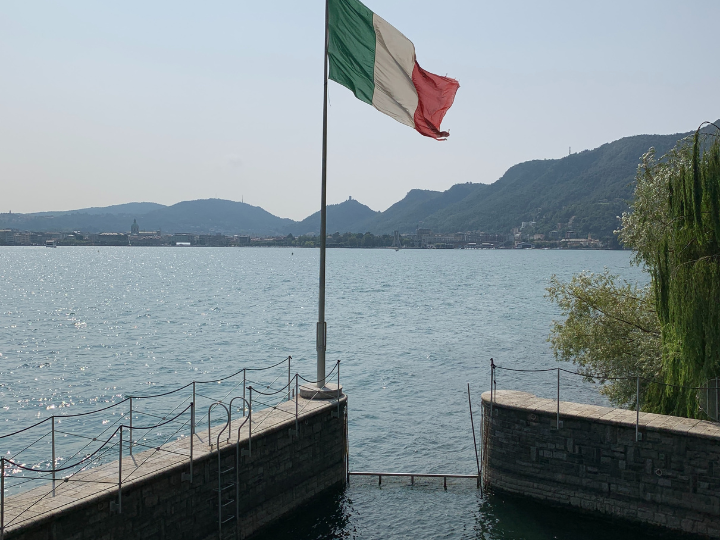by Eleonora Vasques*
Italy did not assess as an “emergency” Frontex’s communication about a boat which later sank, killing more than 60 people, Italian Prime Minister Giorgia Meloni told the press on Saturday (4 March).
The EU border and coast guard agency communicated that the boat might be crowded according to thermal signs Italy could see, with 4 sea state, a source from Frontex told EURACTIV.
“No emergency communication from Frontex reached our authorities. We were not warned that this boat was in danger of sinking” said Meloni, the first declaration the Prime Minister made since the tragedy.
The interception occurred in the late night of 25 February hours before the boat sank in the early hours of 26 February close to the Calabrian coast in southern Italy, near the city of Crotone.
The passengers of the boat, which departed from Turkey, were predominantly families from Afghanistan and Syria. The precise number of people onboard is still unclear. The 20 metre-long boat contained approximately 200 people. Roughly 80 survived while more that 68 died.
Thermal signs and sea state
According to information the EU agency gave EURACTIV, Frontex shared some evidence regarding the boat’s interception which indicate a potential distress at sea.
For instance, some elements showed the vessel could carry a high number of people with a rough sea of waves up to 2.50 metres – state 4 out of 7.
“Our experts spotted some signs that the boat might be carrying a large number of people, for example, the thermal camera on board the plane detected a significant thermal response from the open hatches at the bow,” Frontex explained, and confirmed to EURACTIV that Italian authorities had access to the thermal signs.
EURACTIV asked Frontex whether it communicated a distress signal from the vessel, but the EU agency replied that “as for classifying the event as Search and Rescue, according to the international law this is a responsibility of national authorities”.
After the communication, Italy mobilised two patrol boats of Guardia di Finanza (GDF), initiating a police operation, so-called ‘law enforcement”. However, due to weather and sea conditions, the boats had to return to ports, as declared by GDF in a press release on Monday (27 February).
GDF are not entitled and equipped to proceed with SAR operations (search and rescue) as it is the competence of the Italian coast guard.
No SAR operation was initiated at the time of Frontex’s communication.
Italy’s silence over thermal signs
GDF and Italian coast guard did not mention thermal signs in their press releases after the tragedy.
GDF spoke about the spotting of a boat by Frontex “allegedly involved in migrant smuggling, about 40 miles off the Crotone coast”.
The Italian Coast Guard declared on Tuesday (28 February) the vessel “appeared to be sailing regularly, at 6 knots and in good buoyancy conditions, with only one person visible on the deck of the ship”.
Since Tuesday EURACTIV contacted the Italian coast guard several times, asking whether they could see the thermal signs, without receiving an answer.
On the same questions, GDF told EURACTIV “the Corps, at this stage, does not make any statements regarding the events that occurred in Crotone”.
*first published in:Euractiv.com




 By: N. Peter Kramer
By: N. Peter Kramer

